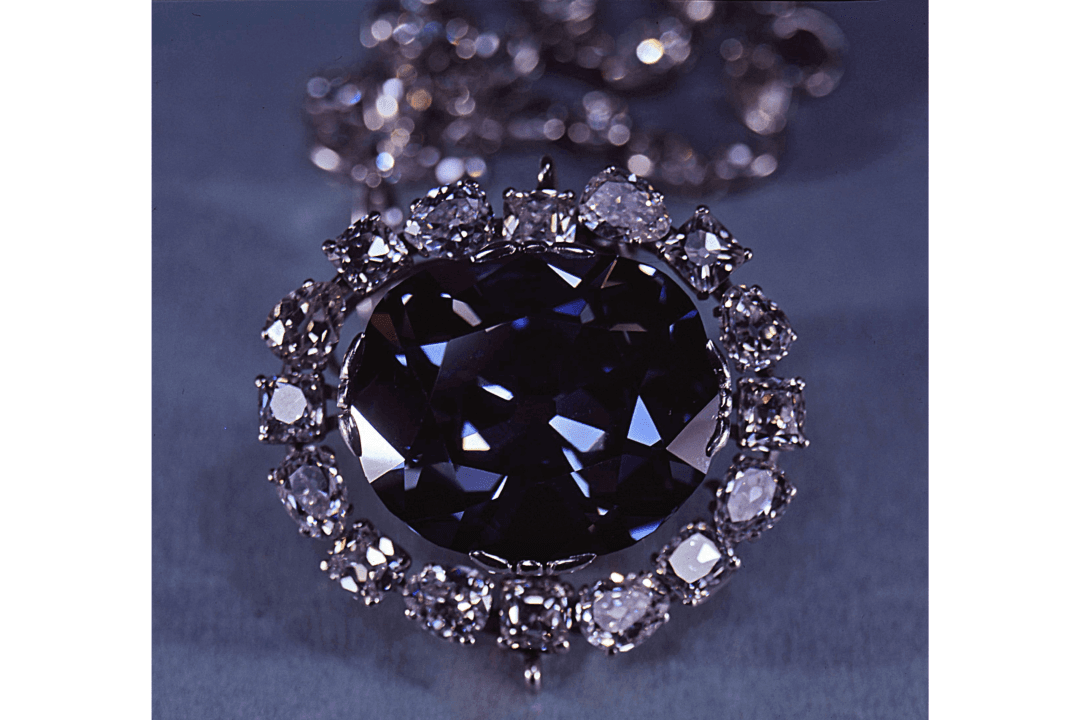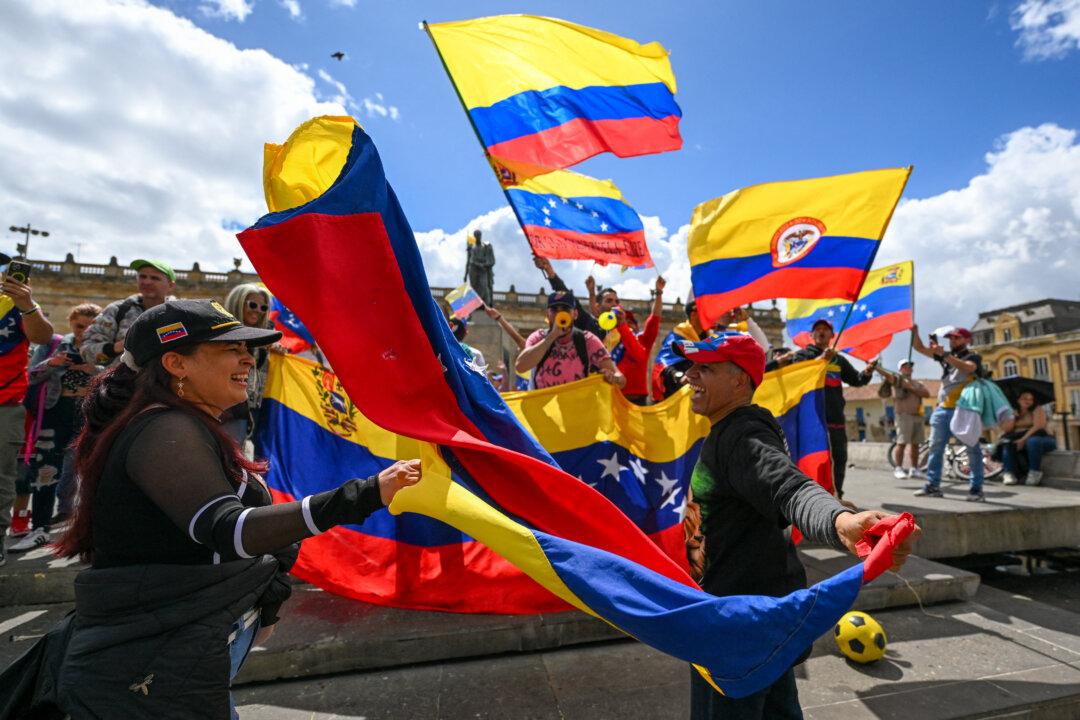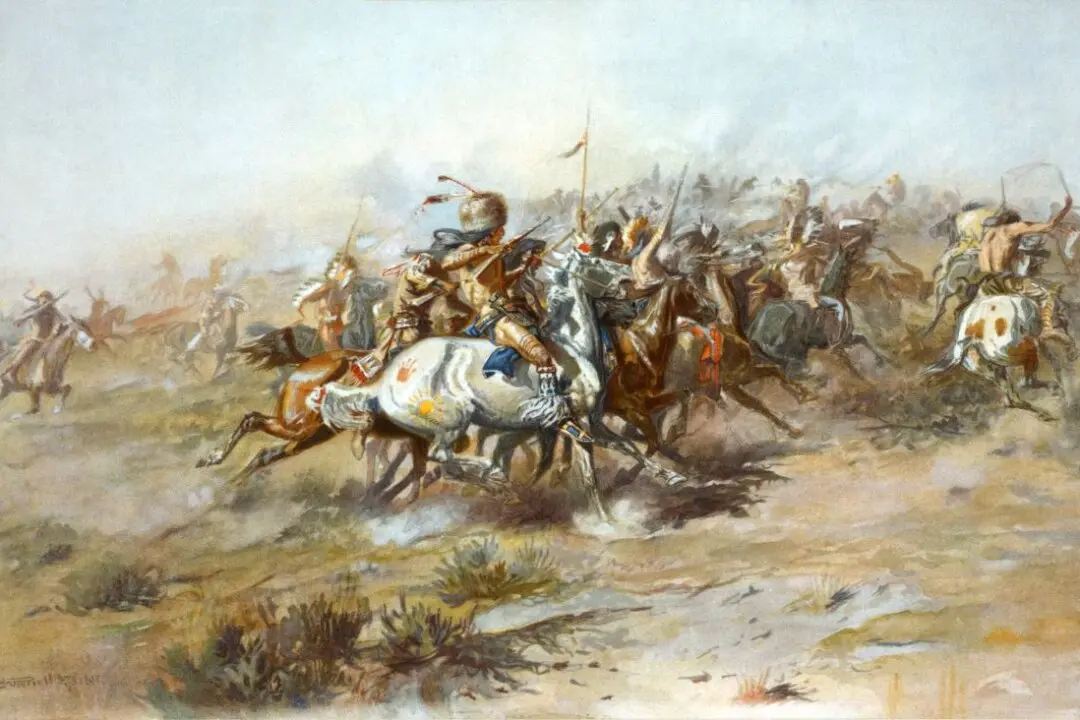Under the security of the 1598 Edict of Nantes, the Tavernier family remained in France. The Tavernier family were Huguenots, a group of French Protestants who had endured persecution by the French Catholics. The Edict had mandated the Catholics and Protestants coexist peaceably.
Seven years later, in 1605, Jean Baptiste Tavernier was born and he grew up to become one of the era’s great merchants and travelers, venturing even as a young boy throughout Europe. In 1631, he launched his first voyage to the East. Over the next 36 years, he made five such extensive voyages, visiting far-off places like modern-day Afghanistan, Cyprus, India, Indonesia, Iran, Iraq, Malta, Pakistan, Sri Lanka, Syria, and Turkey.






